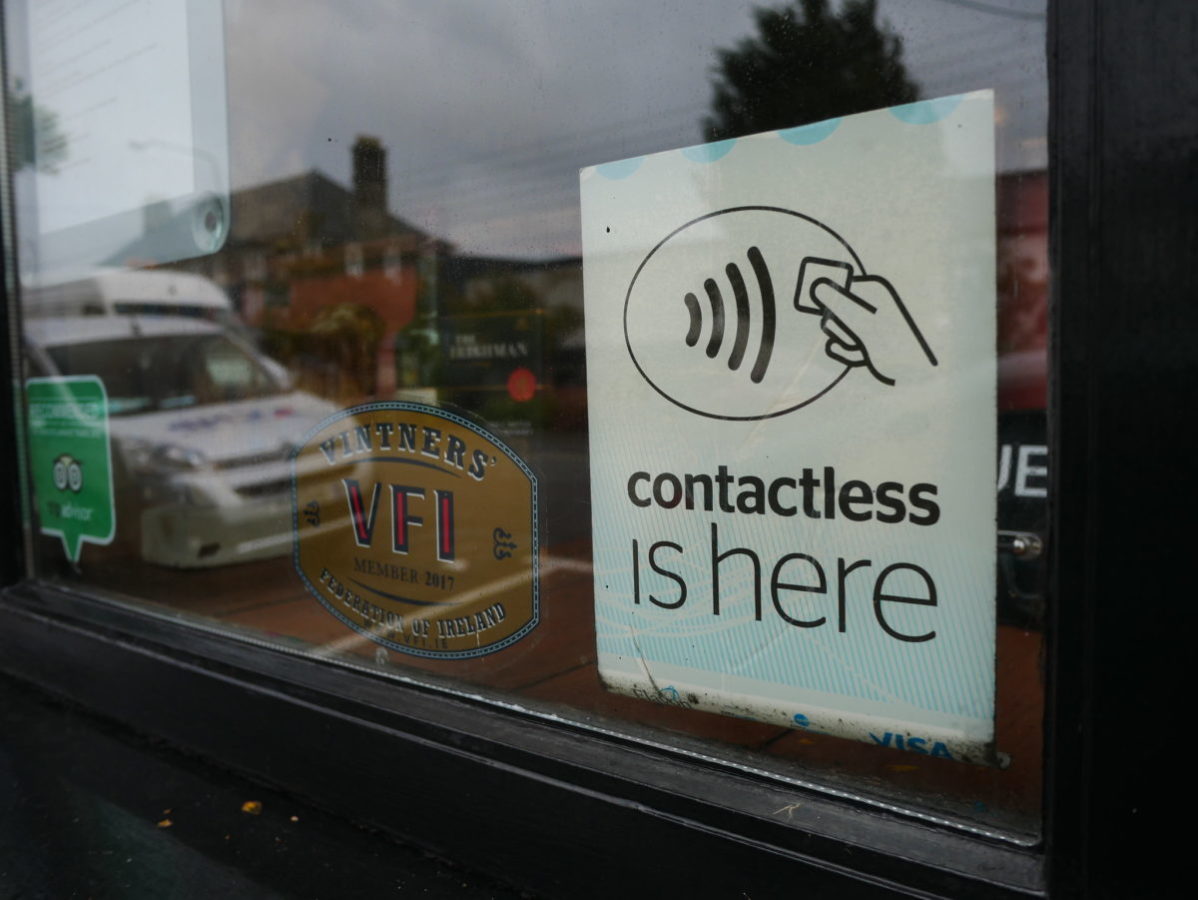There’s no getting around it: America is going cashless.
Before the pandemic, 30% of Americans typically weren’t making any cash purchases, and those who did generally carried around less than $50. Now, almost all transactions are cashless. Digital wallet and contactless payments have become a matter of safety, not just convenience.
With more digital payment options available than ever — credit and debit cards on file, in-app, Apple Pay — financial institutions have to be increasingly innovative to keep pace with the increasing need for cashless payments. A survey by payment processor TSYS found that 54% of Americans prefer to make purchases with debit cards, 26% prefer credit cards and only 14% prefer cash.
Smaller financial institutions and credit unions especially must invest in cashless payment products, and the marketing of these products, if they want to grow their customer or member base.
Here are some tips for financial institutions looking to making the most of their payment product offerings:
Make sure your products are strong.
As with any digital products, the first priority should be ensuring that your payment product delivers. Customers want simple, safe and secure payment options. They want assurance that their card will work without fail, and they want ubiquity of use.
Play to your strengths.
Credit unions’ credit card interest rates, for example, are usually 5 to 10% lower than competing financial institutions; credit unions should be promoting this. Most Americans don’t know that federal credit union loan rates are capped at 18% by National Credit Union Administration rules — and 18% is where most banks’ credit card interest rates start.
Find strategic partners.
Aligning your products and solutions with a handful of key strategic partners can help you grow and innovate. For example, collaborating with one card scheme leader, like Visa, can set you apart from other issuers that have different or multiple card brand providers. Strategic partnerships like these can allow you to build off the relationship and leading-edge products and solutions that set you apart from others.
Partnerships could also include technology solutions providers who will help make payment processes safe, sound and secure. These partnerships can allow you to focus less on infrastructure and more on supporting and growing your payment products new and existing customers expect.
Focus on a handful of core solutions.
Don’t try to boil the ocean. It’s better to be a leader in one or two core products than to be mediocre in many products. For example, do you want to focus on highly affluent or mass market, secure or unsecure cards? Consumer or business members? There’s a reason Starbucks doesn’t sell hamburgers with their coffee.
Hire the right people.
When you know your core focus, hire great people and then plan to execute core strategies. Smaller financial institutions especially need to seek out subject matter experts who can help with things like compliance, risk and vendor relations. Whether that means hiring a full-time staff, using consultants or outsourcing certain duties, getting the right talent on board is critical to success.
Plan for the future.
Tap-to-pay was once just an idea, but it’s now must have for consumers and retailers. We need to think about products that are scalable for the future. Technology is moving at lightning speed, and not too long from now, customers will expect their payment cards to be the single link to enable any transaction type (card present, bill payment, in-app/account on file, recurring, payments, and much more) and on any form factor (card, digital wallet, wearables). We need to make sure we are keeping pace with the development of technology and have a plan for developing our payment products accordingly.
Digital payment products aren’t just about credit cards anymore. Just like rideshare companies evolved to an entire industry apart from taxis, digital payment products are now their industry. Whether we are using these products to download streaming services, pay our utility bills, pay for a fare on a subway or city bus or put a down payment on your next electric car, digital payment products are the present and the future. Financial institutions need to be ready to grow with them.
Join the conversation!
Find news, events, jobs and people who share your interests on Technical.ly's open community Slack

DC daily roundup: Startup founders offer praise; Howard U breaks application record; NavalX gets new director

DC daily roundup: Washington Post's AI collab; a greentech glossary; Halcyon's debut Climate Fellowship cohort

DC daily roundup: Inside UMCP's new ethical AI project; HBCU founder excellence; a big VC shutters MoCo office


